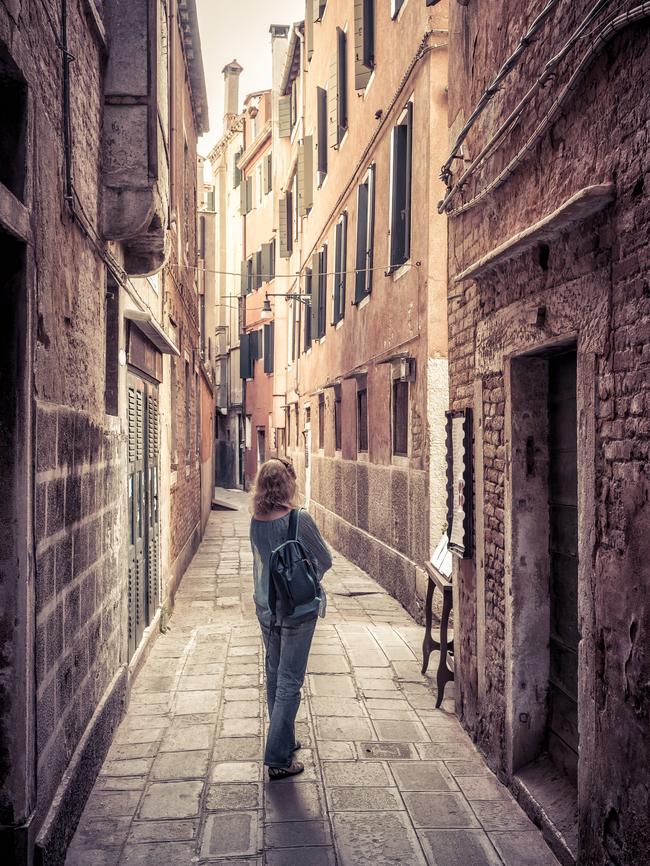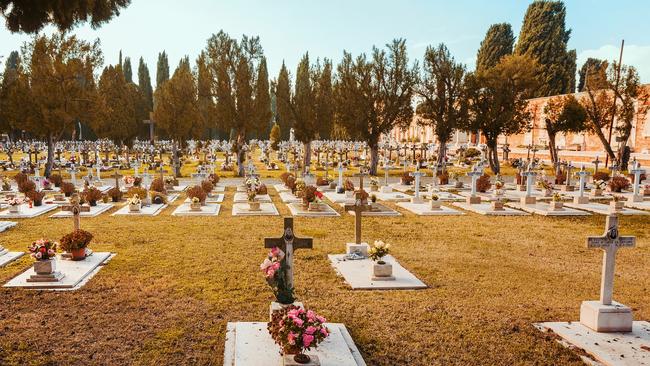Travel to Venice this summer and beat the crowds
Instead of hitting the touristy Doges Palace and St Mark’s Basilica, plan your itinerary around these charming neighbourhoods.

In summertime, on days so sweltering that the cobblestones themselves seem to sweat, it is almost impossible to walk from Venice’s Rialto Bridge to the Piazza San Marco along the main roads. The surge of day-trippers clog the central pathways. A tourist struggling to haul a suitcase over a bridge is enough to bring a hundred people to a standstill. A 10-minute stroll – by map directions – can take half an hour or more. It’s the Venice so often described, and fairly decried, as a tourist trap; an on-rails carnival, less a city than a conglomeration of souvenir shops.
Until you go one street over.
For the past decade or so, I’ve spent between two weeks and a month each year in Venice. And every time I return – my mental map of the city getting a little more accurate with each visit – I’m struck both by the frenetic crush of what you might call tourist Venice, and how easy it is to leave it behind.


Take an unexpected, even exasperated, left, off the Salizada S. Giovanni Grisostomo or the Calle del Lovo, and you are likely to find yourself alone. Turn a blind alley, and then another, until you can no longer hear the sound of footsteps. You may, of course, find yourself lost or totally cut off; plenty of Venice’s back streets end in water. Or you may find yourself in an unmarked square at a hidden eatery, like my own found favourite, Osteria il Milion, named for Marco Polo (Il Milione, Venetians called him), who had a palazzo nearby. The restaurant is a place where the waitstaff remember your order (in my case: artichoke soup, topped with Parmesan) year after year.
READ MORE: Welcome back – but there’s a catch | We bought a vineyard in Italy | No place like Rome’s historic hotels | The best Italian islands you’ve never heard of | Fashion designers share their Italian secrets |
Jostle your way past the crowds and cheap hotels at the Santa Lucia train station and find yourself on Calle de la Misericordia at Osteria al Cicheto, one of the best wine bars in the city. The spot is rightly lauded for its bigoli in salsa, a Venetian pasta specialty made of caramelised onions and anchovies tenderly simmered so the flavours and textures gracefully blend.
Intoxicatingly labyrinthine, Venice is indeed most easily navigated through its obvious arteries, each with their dialect names: the salizadas, or paved streets, that lead to each neighbourhood’s parish church; the macellerias and pescarias that historically go to meat and fish markets, respectively.
But if you’re willing to get a little lost and leave the thronging nexus of the San Marco area behind, I know few cities better for silence. Just a 15-minute walk past San Marco, for example, all the way past the Arsenal, a 12th-century former shipyard complex now doubling as one of the locations of the annual art and cultural fair known as the Venice Biennale, you can wander the Castello area, a largely residential lattice of streets canopied by hanging laundry and intermittently marked by shrines to the Virgin Mary.
Inevitably these streets lead to the Castello area’s de facto centre, Via Garibaldi. On this street, the widest in Venice, side-by-side outdoor ciccheterias offer afternoon Aperol spritzes, light fish-based snacks and ombra, a dialect word for a small glass of wine that means shadow, a reference to the days when outdoor wine sellers would move their wares into the shade to avoid the heat of the sun. Settle in at the golden hour, before sunset.

Across the Ponte dell’Accademia in the student-filled Dorsoduro neighbourhood, the area behind the Basilica di Santa Maria della Salute offers views of picturesque Giudecca Island to the south. A quick bus trip away, Giudecca has trattorias perfect for a casual lunch, minus the maddening crush in San Marco square. It’s well worth heading out to the city’s northern waterfront along the Fondamente Nove, best known to tourists as the site of vaporetto ferries leaving for Murano and Burano islands. The streets are quieter and more residential; in lieu of trinket shops, you can find mellow institutions such as Gianni Basso Stampatore on Calle del Fumo, a print shop for meticulously engraved business cards and stationery. The proprietor proudly tells me about his time studying the art alongside Armenian monks, and recoils in horror when I try to pay for a print with a credit card. (“No plastic!” he scoffs.)
Still, when even these neighbourhoods feel insufficiently quiet, I have options. A five-minute ride from the vaporetto terminal brings you to the cypress-lined cemetery island of San Michele, where Russian composer Igor Stravinsky, American poet Ezra Pound and controversial English author Baron Corvo (Frederick William Rolfe) are buried. Here selfie-taking and other strenuous acts of tourism are discouraged in favour of quiet reflection. The last time I visited, I paused for a while at Pound’s grave, where another visitor had left behind on the tombstone a conflicted fan letter at once celebrating Pound’s poetry and wrestling with his sympathy for fascism. No one was around. In the soft light of afternoon, it was easy to linger.
THE WALL STREET JOURNAL

To join the conversation, please log in. Don't have an account? Register
Join the conversation, you are commenting as Logout